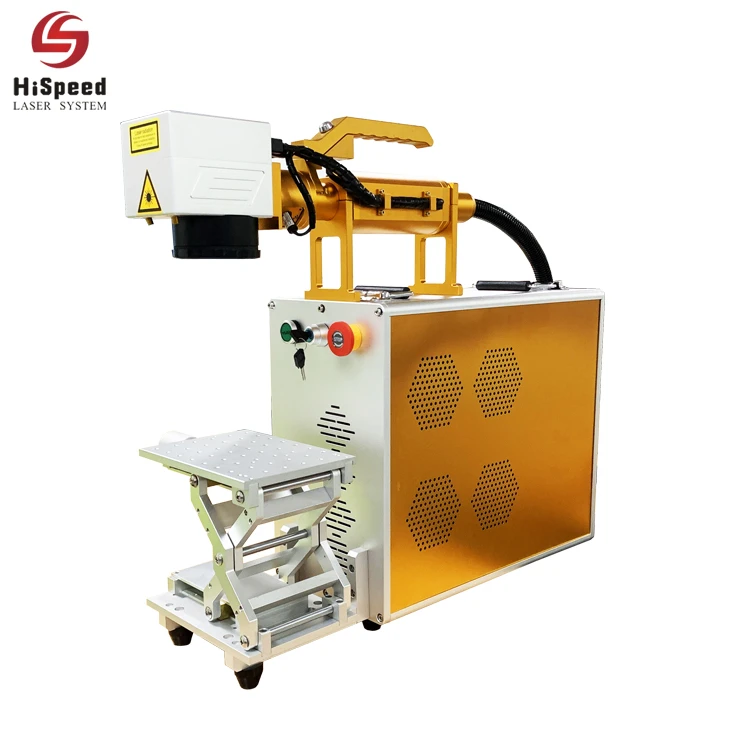Laser is a very popular technology nowadays. We can see various types of laser machines in various industries. There are constant innovations and advances every moment, and the power output of lasers is constantly increasing. However, with this, we can also feel worried. This is because lasers can be harmful to our eyes. Must properly inform us about laser safety.
What are the hazards of lasers?
Laser output power and energy are very high in welding and cutting. Pulsed lasers range from a few joules to several hundred joules. Laser equipment contains thousands to tens of thousands of volts of high voltage shock power, which can cause harm to the human body. Should pay Special attention to laser safety protection during laser processing. The focus of protection is on the eyes and skin. In addition, we should pay attention to preventing fire, electric shock, etc.

Eye damage.
Lasers are more than a dozen orders of magnitude brighter than the sun and can cause serious damage to the eyes. Direct exposure of the eye to laser light can cause retinal burns due to the heating effect of the laser. Sometimes, this can cause instantaneous blindness, with the most serious consequences. Even low-powered lasers can cause damage to the fundus tissue due to the optical focusing of the human eye.
During laser processing, the part’s surface will reflect the laser light. The damage caused by strong reflection is similar to that caused by direct irradiation. Diffuse reflections can cause chronic damage to the eye, resulting in vision loss and other consequences. In laser processing, our eyes are the object that should focus on protection.
Damage to the skin.
The laser directly irradiates the skin and will cause burns. Especially after focusing, the laser power density is very high, which will cause severe burns. A long time by ultraviolet, infrared diffuse reflection may lead to skin aging, inflammation and skin cancer, and other lesions.
Electric shock.
Direct exposure or strong laser beam reflection can cause combustible materials to burn and result in a fire. There are also thousands of volts to tens of thousands of high voltage in the laser. There is a risk of electric shock.
Harmful gases
Laser work, the material by intense heating and evaporation, vaporization of various toxic metal soot. With high-power laser heating, the formation of plasma will produce ozone, which has some damage to the human body.
Laser classification
Laser is divided into four laser safety levels. Different levels cause different hazards to the human body, and the standard of protection against lasers is also different.
Laser safety level: l
Laser power: less than 0.5 milliwatts, safe laser. Class I laser in normal use conditions will not bring harm to human health. But these products still need to ensure the use of the design to prevent staff in the work process into the laser radiation area.
Laser safety level: II
Laser power: 1 milliwatt, this class of laser has low power, visible laser. Human beings can protect themselves by the eyes blinking reflection of bright light. However, direct vision for too long will bring danger. The second level laser to post a warning sign in the laser outlet part.
Laser safety level: lll
Level 3 is further divided into 3R and 3B
- 3R level laser, laser power: 1 milliwatt to 5 milliwatts, 3R level laser and the same as the second level, to be in the laser light outlet part of the need to post a warning sign. If it is only a short time to see, the human eye will play a protective role against light reflection. However, if the light spot focuses when entering the human eye, it will cause damage to the human eye.
- Class 3B laser, laser power: 5 milliwatts. Class 3B lasers are generally labeled with a “Danger” sign, even though they can harm the eye. However, if the light spot is not focused, there is less risk of fire or skin burns, but it is still recommended to wear eye protection when using this laser class.
Laser safety level: Class IV
Laser power: 500 milliwatts or more, the laser at this level is very harmful to the eyes and skin. Direct reflection and diffuse reflection can cause damage. All Class IV laser equipment must carry the “Danger” sign. Class IV lasers can also damage materials near the laser and ignite combustible materials. Eye protection is also required when using this class of laser, as with class 3b.
What are laser safety measures?
- Laser welding equipment for installing eye-catching warning signs, such as “laser danger,” high-pressure danger, “and so on. The kit should have various protective devices.
- The laser light path system is fully enclosed with metal whenever possible to prevent direct exposure.
- If it can not fully enclose the laser light path, it will raise the beam above the person’s height. Make the beam avoid the eyes and head of the person.
- The laser machine’s workbench should also be shielded with glass to prevent reflected light.
- The laser welding site should be fenced, screens, etc., to separate the operating area to prevent other people from accidentally entering the danger zone.
In addition, we should note the following points in terms of personal protection:
- Laser site operators and processors must be equipped with protective laser glasses and wear white overalls to reduce the impact of diffuse reflections
- Only experienced staff should be allowed to operate the laser and laser processing.
- The welding area should be equipped with effective ventilation devices.
What are the critical laser safety elements?
Laser Safety Officer (LSO)
Although the vast majority of LSOs work only part-time, someone must be responsible for laser safety. the LSO is the person any regulatory inspector will ask to meet with and should perform all LSO duties. The best LSOs are the ones who help come up with solutions and recommendations to help users in their efforts. This may include better eyewear, improved inspection equipment, enclosure options, etc. The key responsibilities of the LSO are to
- ensure that laser safety training is relevant to the actual laser work and risks
- assist in the selection of laser eyewear when eyewear is needed
- review hazards and see that adequate controls are in place and working
- review any required documentation.
- for the part-time LSO to be effective, management must be supportive and allow time to complete their work.
Laser safety training
There are two types of laser safety training. From a regulatory and standards perspective, all Class 3B or Class 4 users, or those potentially at risk, require basic awareness training. However, the duration and quality of this type of training vary greatly. Effective training presentations need to be customized to address laser use in facilities.
The second and more important laser safety training is written on-the-job training (OJT) or instruction. OJT training should not have a predetermined time frame but can also be reinforced by ongoing education. Everyone should be aware of the laser systems they will be using and the site-specific safety. Having the training documented with the signatures of trainers and trainees protects the facility and allows everyone to take the training seriously.
Assess, analyze and mitigate hazards.
Can prevent All accidents from the laser safety department’s point of view. However, the user cannot eliminate all risks. The task of LSO is to find a balance between these two concepts. In industry, laser safety is almost always designed into the product. In medicine, on the other hand, laser safety depends on the inventory system. Manufacturing approaches laser safety somewhere between these two poles. In studies such as those in the laboratory, all bets are off. Because beam manipulation is a routine activity, not a rare occurrence, that’s why beam enclosures, beam detection, beam blocks, perimeter guards, good work practices, and eyewear are so important to reduce risk.
In addition, users must follow proper work laser safety protocols. When someone peaks under their glasses and nothing happens, it only reinforces this poor practice. Anyone who sees this behavior must say something. On the other hand, LSOs need to remember that very tight controls will drive users to find solutions. It’s important to find a balance between security and risk. “Security through cooperation” needs to be the mantra.
While laser safety glasses should be the last line of defense, they are the first line of defense that comes to mind. However, as power output increases and systems have the potential to produce a wide range of wavelengths, beneficial eyewear becomes more challenging. For some systems, the reduced visibility of protective eyewear makes the system virtually unusable. Frame comfort can also be an issue, including weight, peripheral vision limitations, and wearability in cleanroom environments. The best solution will be glasses with opaque panels and smartphone-style cameras that can display the field of view directly on the retina or flat screen. If glasses with an optical density (OD) of 7 or higher are required, should replace the glasses with remote viewing or motorized mounts.
Controlled access
Laser safety standards (US or IEC) all require access control to prevent harm to unauthorized personnel. Controlling can accomplish one of the laser safety standards in several ways.
- The laser will block the beam through a baffle or power down to a safe state.
- A tamper-evident interlock. Here, approved users usually have a swipe card, keypad, password, or some way to let them in without interrupting the laser system.
- The final and most widespread option for access control is a management method. These systems can also be tied to a training database so that permissions are granted only to those who have received the most up-to-date training. However, this laser security is costly.
Post warning signs
The purpose of posting warning signs is to mark the boundary between safe and non-safe areas. These signs should inform people of the dangers they may face in the future, including OD and wavelength.
Two options for connecting to the power supply are to connect to a shutter or to have a multi-state sign. Combining a flat screen into the interlock system shows the laser status and the room’s active position. Another option is a scrolling illuminator in which messages move across the sign surface or the sign flashes. Their activity produces a greater chance of drawing attention to and being read.
Complete all paperwork
Every laser safety program requires some level of paperwork. The Laser Safety section of the Environmental, Health and Safety Manual describes the elements of a laser safety program and the forms required. They include:
- Standard Operating Procedures (SOPs): SOPs have been part of the laser standard for many years. Today, SOPs can take many forms, from traditional SOPs that outline hazards (including non-beam) and mitigation steps to risk analysis documents.
- Training documentation: Training requires training records
Audits: Laser standards also require periodic audits to determine if controls are being used and are still effective.
Other: interlock test records, retraining records, user signatures on SOPs, etc. The list continues as you fine-tune the program elements.
Eliminate medical surveillance
Long entrenched in the laser safety program is the baseline eye exam. But an eye exam is only required when an injury is suspected. However, the value of the baseline exam has not been proven, so standards bodies have abandoned it. Some companies have dropped the baseline, while others have kept it, mistakenly believing that it provides some liability protection or fearing that removing it would show less commitment to safety.
In summary
Is laser safety achievable in today’s competitive and ever-changing environment? The answer is yes, but it does take effort, resources, time, and the desire to make it happen. Laser safety cannot be determined solely by the expectation of getting the job done. Users must see the advantages it has for them. Ultimately, all laser safety comes down to the actions of the user/operator.
